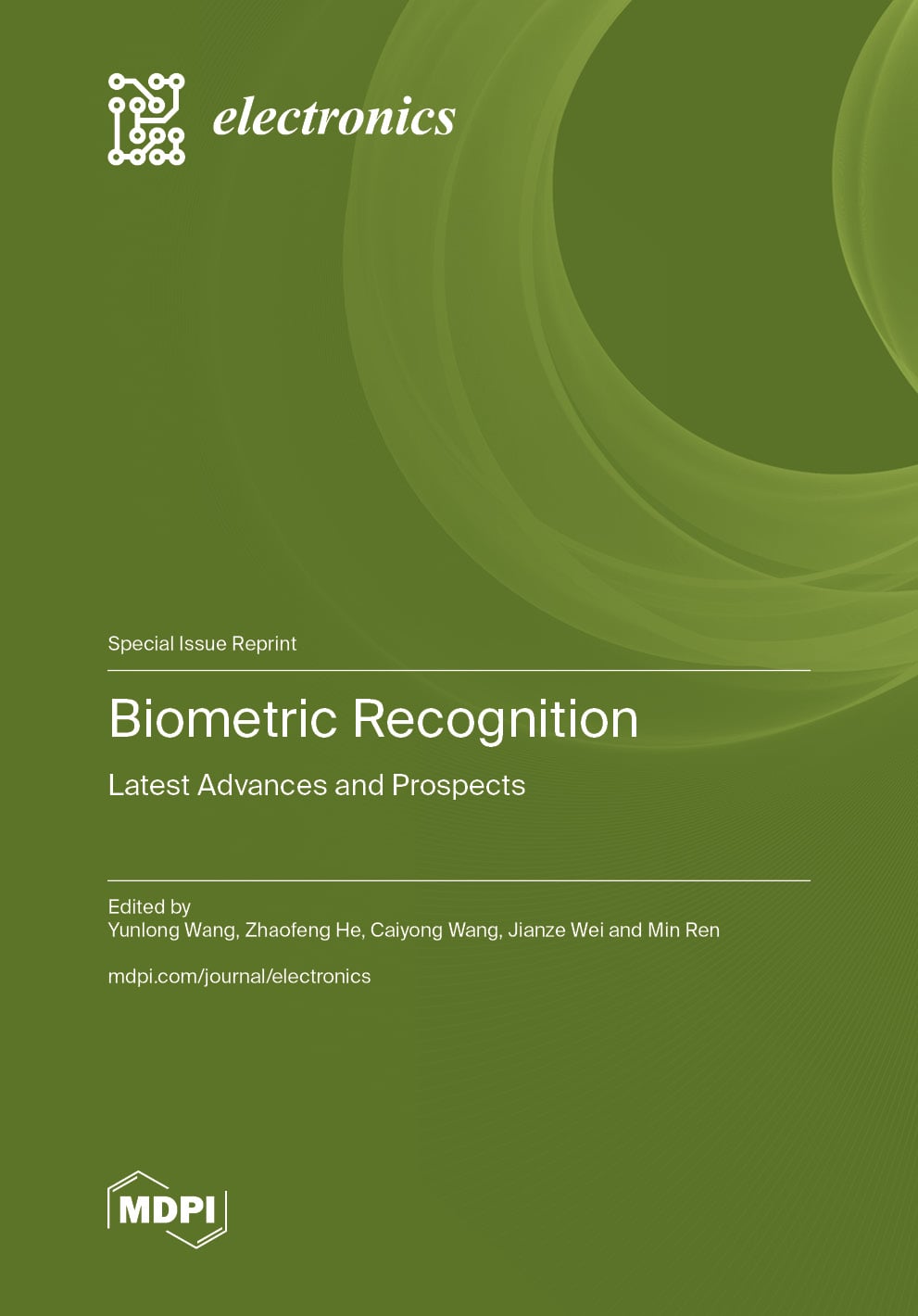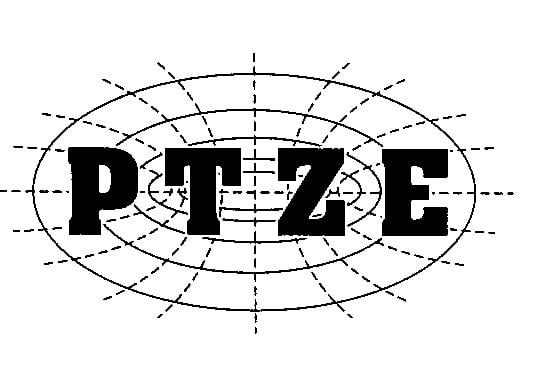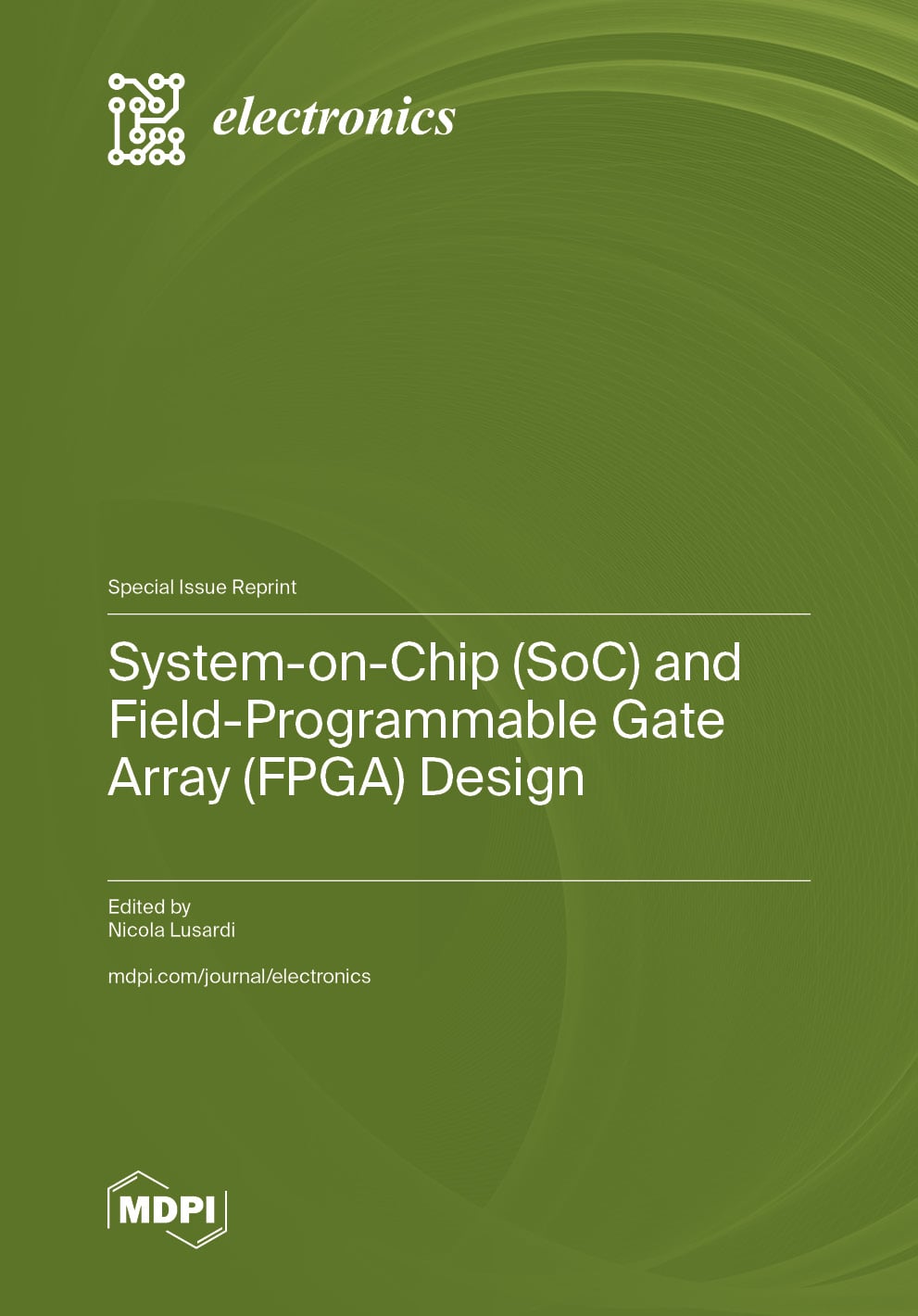- 2.6Impact Factor
- 6.1CiteScore
- 17 daysTime to First Decision
Electronics
Electronics is an international, peer-reviewed, open access journal on the science of electronics and its applications published semimonthly online by MDPI.
The Polish Society of Applied Electromagnetics (PTZE) is affiliated with Electronics and their members receive a discount on article processing charges.
Quartile Ranking JCR - Q2 (Engineering, Electrical and Electronic)
All Articles
News & Conferences
Issues
Open for Submission
Editor's Choice
Reprints of Collections

Reprint
Biometric Recognition
Latest Advances and ProspectsEditors: Yunlong Wang, Zhaofeng He, Caiyong Wang, Jianze Wei, Min Ren



